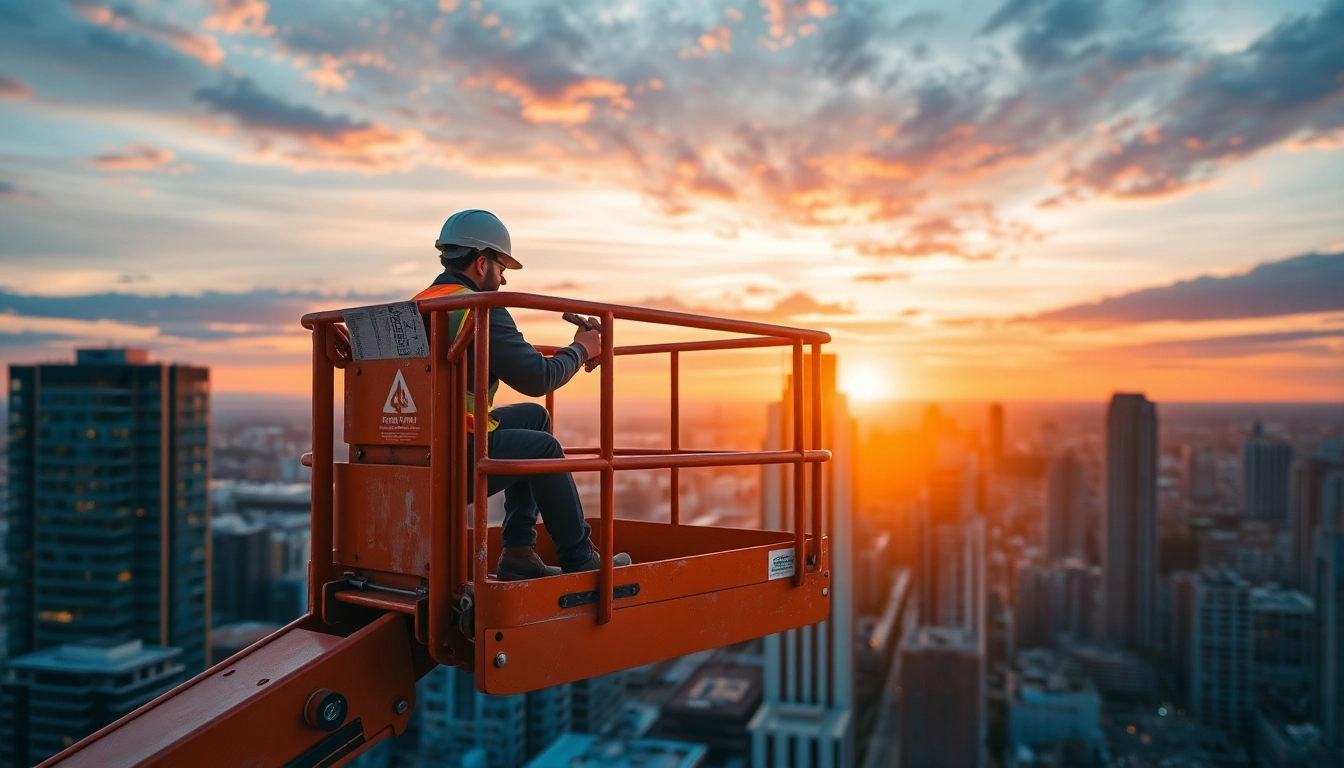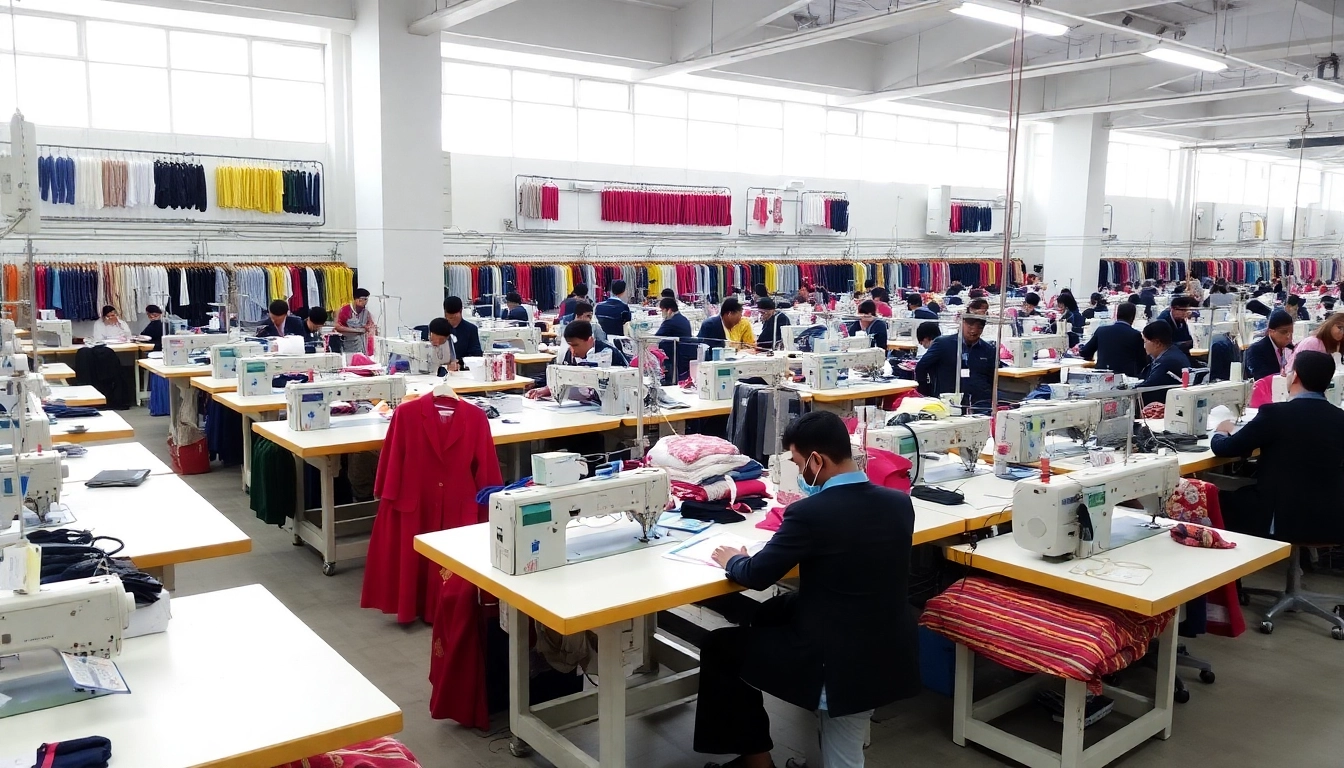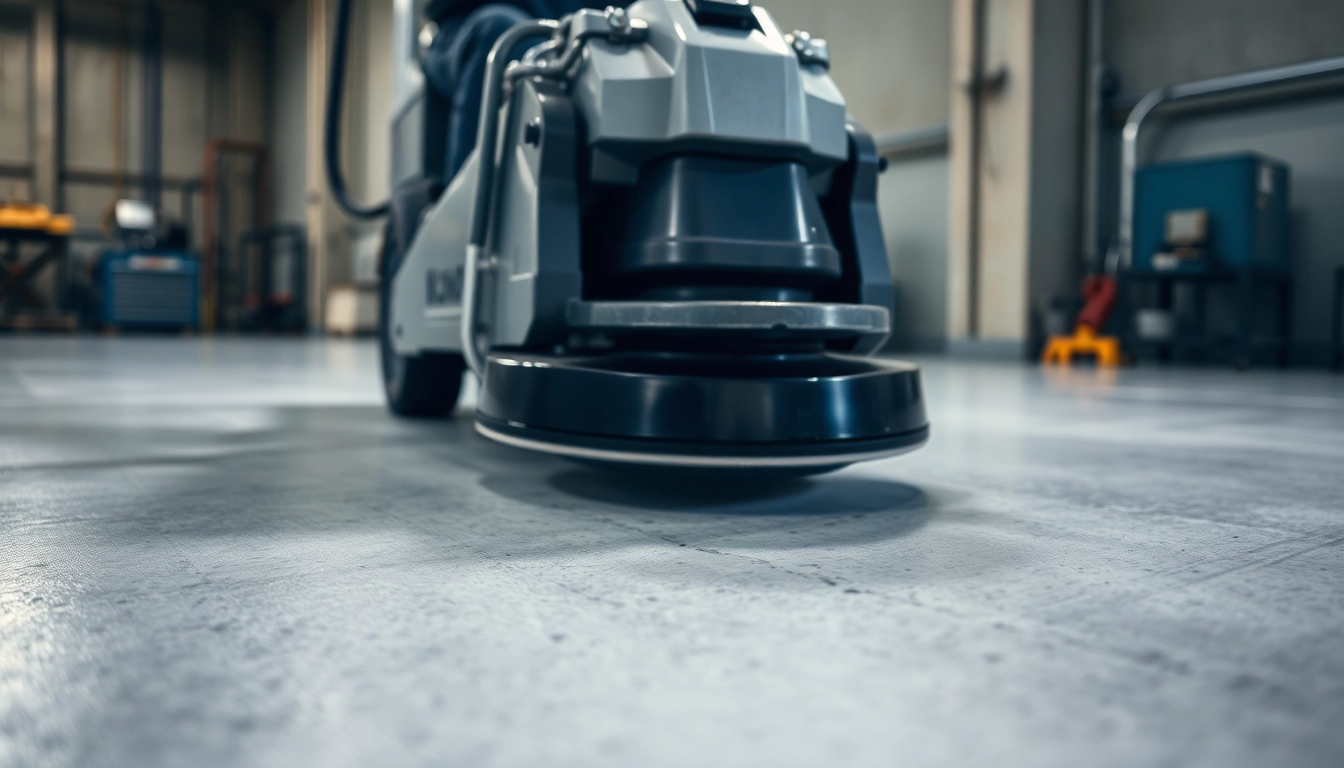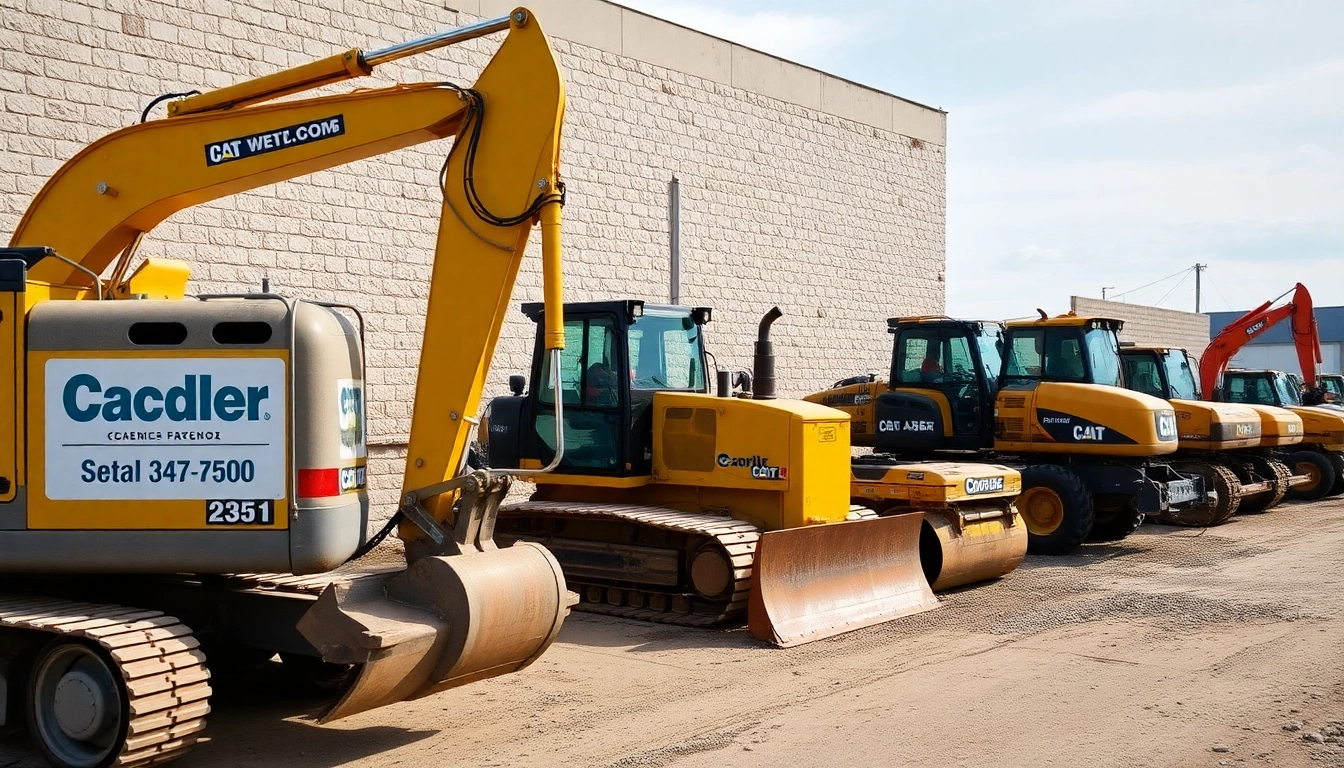Understanding Boom Lift Rentals: A Complete Guide
What is a boom lift and how does rental work?
A boom lift, also known as a cherry picker or aerial work platform, is a specialized piece of equipment designed to provide elevated access for construction, maintenance, cleaning, or other industrial tasks. These machines feature an extendable arm (boom) equipped with a platform or basket where workers can stand safely at heights that might otherwise be difficult or dangerous to reach. Boom lifts come in various configurations, including articulating and telescopic types, allowing users to navigate over obstacles or extend to significant heights with precision and safety.
The rental process for boom lifts is generally straightforward and flexible, catering to projects of all sizes—be it short-term maintenance or extensive construction projects. Typically, rental companies offer a range of models suitable for indoor or outdoor use, with varying working heights and load capacities. To rent a boom lift, clients usually choose a rental duration—daily, weekly, or monthly—and pay an hourly rate or flat fee accordingly. Many providers also include options for delivery, setup, and after-sales support, making the process seamless and tailored to specific project requirements.
For those seeking reliable and cost-effective elevated access, boom lift rental offers a practical solution that ensures safety compliance and operational efficiency. Whether your project demands a compact electric lift for an indoor venue or a heavy-duty diesel-powered model for outdoor construction, rental options provide flexibility without the hefty upfront investment.
Types of boom lifts available for rental in the UK
The UK market offers a diverse array of boom lift types, each tailored to specific job site requirements, environmental conditions, and operational constraints. Understanding the differences between these models helps in selecting the optimal equipment to maximize safety, efficiency, and cost-effectiveness.
Telescopic Boom Lifts
Also known as straight or stick boom lifts, telescopic models feature an extendable boom that provides excellent reach and elevation. These machines are ideal for outdoor construction, maintenance, and industrial applications requiring large outreach and high vertical capability. They offer stable platforms and are often equipped with four-wheel drive for rough terrain operation.
Articulating Boom Lifts
Characterized by their hinge joints, articulating boom lifts have multiple sections that bend, allowing for greater maneuverability around obstacles and confined spaces. They are perfect for indoor tasks, complex maintenance, or situations where precise positioning is critical. The articulating arm can bend to access hard-to-reach areas at various angles.
Vertical Mast Lifts
These are compact, upright lifts suitable for small-scale indoor jobs like electrical wiring, lighting installation, or stockroom maintenance at relatively lower heights. They offer straightforward operation and are lightweight, making them easy to deploy in tight spaces.
Tracked Boom Lifts
Equipped with tracks instead of wheels, tracked boom lifts provide superior stability and mobility across uneven terrain. They are commonly used in outdoor environments such as construction sites or infrastructure projects, where terrain may be challenging.
Key Considerations
When choosing among these types, consider factors such as maximum working height, reach, terrain, indoor versus outdoor use, and the nature of the tasks involved. This ensures that the rented boom lift aligns perfectly with your project’s needs and safety standards.
Benefits of renting a boom lift versus buying
Deciding between renting and purchasing a boom lift hinges on several factors, including project duration, frequency of use, budget constraints, and maintenance capacity. Renting offers distinct advantages that often make it the preferred choice for many organizations.
Cost Efficiency
Purchasing a boom lift requires a significant capital investment, often running into tens or hundreds of thousands of pounds depending on the type. Rental costs are typically lower and more predictable, including maintenance and repairs, allowing for better budget management, especially for short-term projects.
Access to Latest Technology
Rental companies frequently update their fleets to include the newest and most advanced models with enhanced safety features, greater efficiency, and better environmental performance. Renting enables you to leverage cutting-edge technology without the additional cost of ownership.
Flexibility
Rental arrangements allow you to choose different models as project needs evolve, providing flexibility for varying heights, terrains, or specific features. This adaptability ensures optimal equipment utilization throughout the project’s lifecycle.
Reduced Maintenance Burden
Maintenance, servicing, and compliance inspections are typically handled by the rental provider, reducing downtime and operational risks associated with equipment failure. This ensures your team can focus on core tasks without concern for equipment upkeep.
Case Study: Cost-Benefit Analysis
Consider a mid-sized construction project requiring elevated work at various heights over six months. Renting a boom lift can significantly reduce upfront expenses, with rental costs averaging around £200–£500 per week depending on the model. Over the same period, owning a comparable boom lift could cost over £50,000 plus ongoing maintenance, insurance, and storage costs. Such analysis often favors rental, especially for sporadic or short-term needs.
Choosing the Right Boom Lift for Your Project
Assessing height and reach requirements
Accurate measurement of the maximum working height and horizontal outreach is crucial. Determine the highest point of work, considering the floor level, and add safety margins (usually 10-20%) for operational flexibility. For example, if a task requires reaching 15 meters, selecting a boom lift with a working height of at least 17 meters ensures safe operation.
Indoor vs outdoor boom lift options
Indoor environments demand electric or battery-powered machines to mitigate exhaust fumes and noise, while outdoor projects can utilize diesel or hybrid models for higher power and rugged terrain handling. Assessing site conditions, ventilation, and noise restrictions guides the appropriate equipment choice.
Key features to consider: capacity, mobility, power source
- Capacity: Ensure the platform weight limit covers personnel, tools, and materials.
- Mobility: Check for four-wheel drive, track-based movement, or tilting capabilities.
- Power source: Choose electric, hybrid, petrol, or diesel models based on environmental concerns and work site infrastructure.
Additional considerations
Other critical factors involve platform rotation, control comfort, ease of transportation, and compliance with health and safety regulations. Consulting with rental specialists ensures optimal fitment for your project parameters.
Best Practices for Safe and Efficient Boom Lift Use
Preparation and site assessment
Before deploying a boom lift, conduct a thorough site inspection to identify hazards such as overhead obstructions, uneven ground, power lines, or restricted access points. Marking safety zones and ensuring stable ground conditions are essential steps. Review potential environmental factors including wind speed, lighting, and weather conditions that can impact safe operation.
Operator training and safety protocols
Only trained and certified operators should operate boom lifts, adhering to relevant UK safety standards such as those from the Health and Safety Executive (HSE). Training should cover operational controls, hazard recognition, emergency procedures, and maintenance checks. Regular safety briefings and refresher courses improve compliance and reduce accident risks.
Maintenance and inspection routines
Routine inspections including pre-use checks (brakes, controls, hydraulics, safety devices) are vital for operational safety. Rental providers typically supply maintenance documentation and service history. Ensuring compliance with manufacturer guidelines and UK safety standards guarantees equipment reliability and longevity.
Cost Factors and Budgeting for Boom Lift Rental
Pricing models and rental durations
Rental prices vary based on model, working height, duration, and geographic location. Daily rates might range from £150 to £500, whereas weekly or monthly rentals benefit from discounts. Long-term arrangements can include fixed fees, with additional charges for overtime or late returns. Comparing provider quotes helps identify the most cost-effective option.
Additional costs: delivery, setup, insurance
Carefully consider supplementary costs such as transportation fees, site setup, operator assistance if needed, and insurance coverage. Many rental companies offer comprehensive packages that include these services, reducing management overhead and ensuring compliance.
Tips for getting competitive rental quotes in the UK
- Request multiple quotes to compare pricing and services.
- Negotiate discounts for long-term rentals or multi-machine orders.
- Verify inclusions like delivery, inspection, and operator support.
- Check for company reputation, certifications, and customer reviews.
Staying informed about market rates and leveraging relationships with reputable suppliers can result in substantial savings while maintaining high safety standards.
Maximizing Project Success with the Right Rental Partner
How to evaluate rental companies
Selecting a reputable rental partner involves assessing their fleet quality, safety certifications, industry experience, and compliance with UK safety regulations. Prefer providers with extensive service histories and positive customer feedback. Efficient communication, transparent pricing, and prompt delivery are signs of a reliable partner.
Customer service and support considerations
A supportive rental company offers comprehensive training, on-call technical assistance, and timely maintenance services. Availability of emergency support and flexible scheduling enhances overall project agility and reduces downtime.
Case studies of successful boom lift rental projects
Industry-leading firms have utilized rental partners to complete complex urban infrastructure upgrades, facility renovations, and high-rise maintenance efficiently and safely. These projects highlight the importance of appropriate equipment selection, operator training, and collaborative project planning. Implementing thorough site assessments and choosing the right expert partner resulted in on-time delivery, cost savings, and impeccable safety records.



